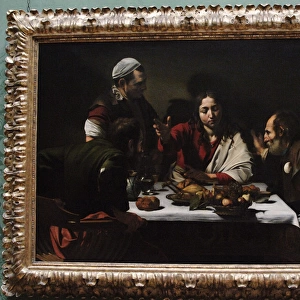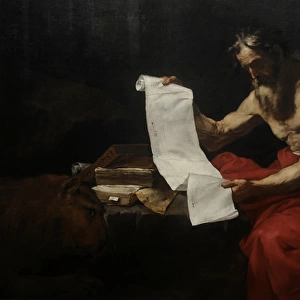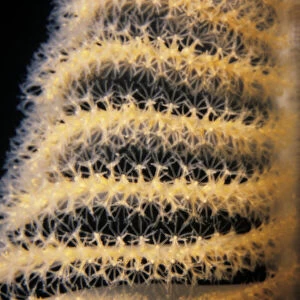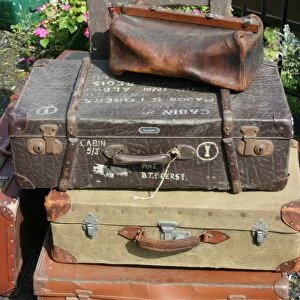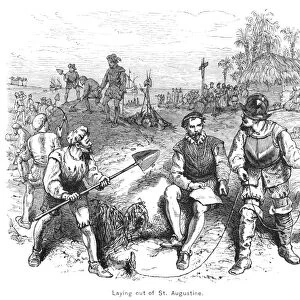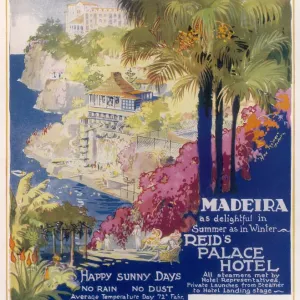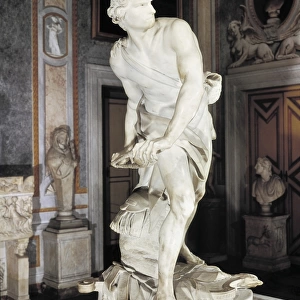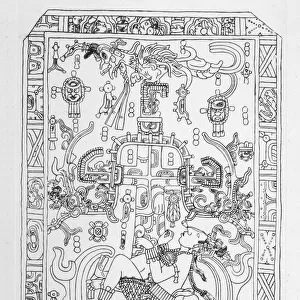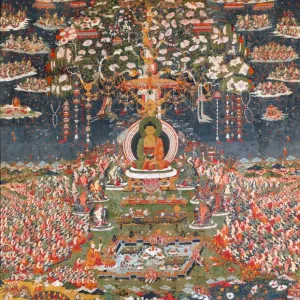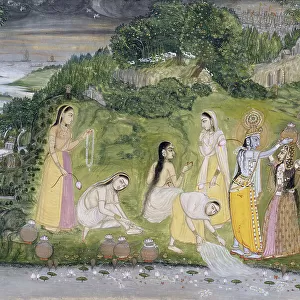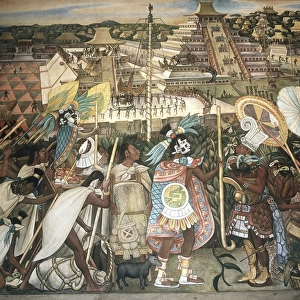Home > North America > United States of America > New York > New York > Sights > Metropolitan Museum of Art
Pre-Columbian Art. Aztec. Mexico. Seated Deity (Macuilxochit
![]()

Wall Art and Photo Gifts from Mary Evans Picture Library
Pre-Columbian Art. Aztec. Mexico. Seated Deity (Macuilxochit
Pre-Columbian Art. Aztec. Mexico. Seated Deity (Macuilxochitl). 15thearly 16th century. Basalt. Metropolitan Museum of Art. New York. United States
Mary Evans Picture Library makes available wonderful images created for people to enjoy over the centuries
Media ID 14320388
© Thaliastock / Mary Evans
Aztec Basalt Block Civilization Deity Divinity Feasting Gambling Headdress Latin Loincloth Mesoamerica Mesoamerican Metropolitan Mexican Mexico Mythological Mythology Pantheon Pre Columbian 15th Macuilxochitl Sexuality
FEATURES IN THESE COLLECTIONS
> Historic
> Ancient civilizations
> Aztec Civilization
> Historic
> Ancient civilizations
> North America
> Mexico
> Related Images
> North America
> United States of America
> New York
> New York
> Sights
> Metropolitan Museum of Art
> Popular Themes
> Dance
EDITORS COMMENTS
This stunning Pre-Columbian art piece, titled "Seated Deity (Macuilxochitl)," dates back to the 15th or early 16th century and originates from the Aztec civilization in Mexico. Discovered in the rich cultural landscape of Mesoamerica, this masterpiece is now proudly displayed at the Metropolitan Museum of Art in New York, United States. Macuilxochitl, meaning "five flowers," is believed to be a male deity representing the Aztec pantheon. The deity is depicted as a seated figure, with a serene expression on his face, adorned in a headdress made of feathers and flowers, a loincloth, and a basalt block as a throne. The intricate carvings on the block suggest that the deity was associated with dance, feasting, music, and possibly gambling. The deity's sexuality is subtly conveyed through the phallic symbols carved on the base of the throne. This representation of the divine masculinity was a common theme in Aztec art, reflecting the importance of sexuality in their mythology and religious practices. The intricate details of the carvings on the figure and the throne reveal the advanced artistic skills of the Aztec civilization. The use of basalt, a volcanic rock, adds to the sculpture's durability and strength, making it a testament to the artistic and technological achievements of the ancient civilization. Macuilxochitl's peaceful expression and the intricate details of his attire and throne offer a glimpse into the rich cultural heritage of the Aztec Empire. This Pre-Columbian art piece continues to captivate and inspire audiences, reminding us of the enduring legacy of the ancient civilizations of Latin America.
MADE IN AUSTRALIA
Safe Shipping with 30 Day Money Back Guarantee
FREE PERSONALISATION*
We are proud to offer a range of customisation features including Personalised Captions, Color Filters and Picture Zoom Tools
SECURE PAYMENTS
We happily accept a wide range of payment options so you can pay for the things you need in the way that is most convenient for you
* Options may vary by product and licensing agreement. Zoomed Pictures can be adjusted in the Cart.





